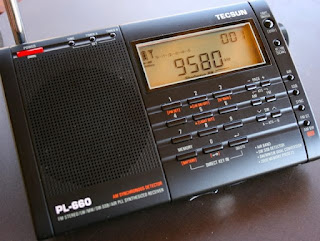Rather than play the remote QRP game, this year's July NAQP RTTY GiG was run Low Power
to test the new antenna system at W7AYT's QTH. It also provided the opportunity to re-evaluate
the Stereo-RTTY method, recently written up in a recent Blog ([CLICK HERE] to read that).
While both goals were accomplished, despite super-fine Space-WX conditions, signal-levels
were extremely POOR throughout the 12 hours of the NAQP RTTY GiG.
For Single-OP operations, we are limited to operating only 10 out of the 12 contest hours,
raising the question of which two hours to NoT be transmitting (off times must be 30+ minutes).
From this, four different approaches come to mind:
- Start at 20:00z (1pm PDT) and run the contest all the way thru, ending @06:00z.
- Start EXACTLY at 18:00z (11am PDT), eventually ending operations at 04:00z (9pm PDT).
- Begin @19:00z (NooN PDT) and end at 05:00z (10pm PDT).
- Some combination of the above, converting a slow-rate operating period into a 30-minute off-period, should we go more than 15-minutes w/o a QSO added to the log.
It turns out, the 3-el 10-meter Long John yagi tunes very nicely on 15 & 20 meters as a rotatable dipole, thanks to the MFJ-993B Intellituner. Hoping that the 20-meter situation was simply one of
a low M-U-F (Maximum Usable Frequency), an early appearance was made on 40-meters,
which didn't actually until nearly 03:00z.
While the goal of 100 QSOs never quite materialized (96 was the final total), more important was running RTTY into the recently revamped antenna system in Concord.
-2.Jpg)


.jpg)





%20-%20STeReO%20-%20Triangular.Jpg)










.Jpg)




